Regenerative farming
Exploring holistic farming in Wayanad
Regenerative farming
Exploring holistic farming in Wayanad
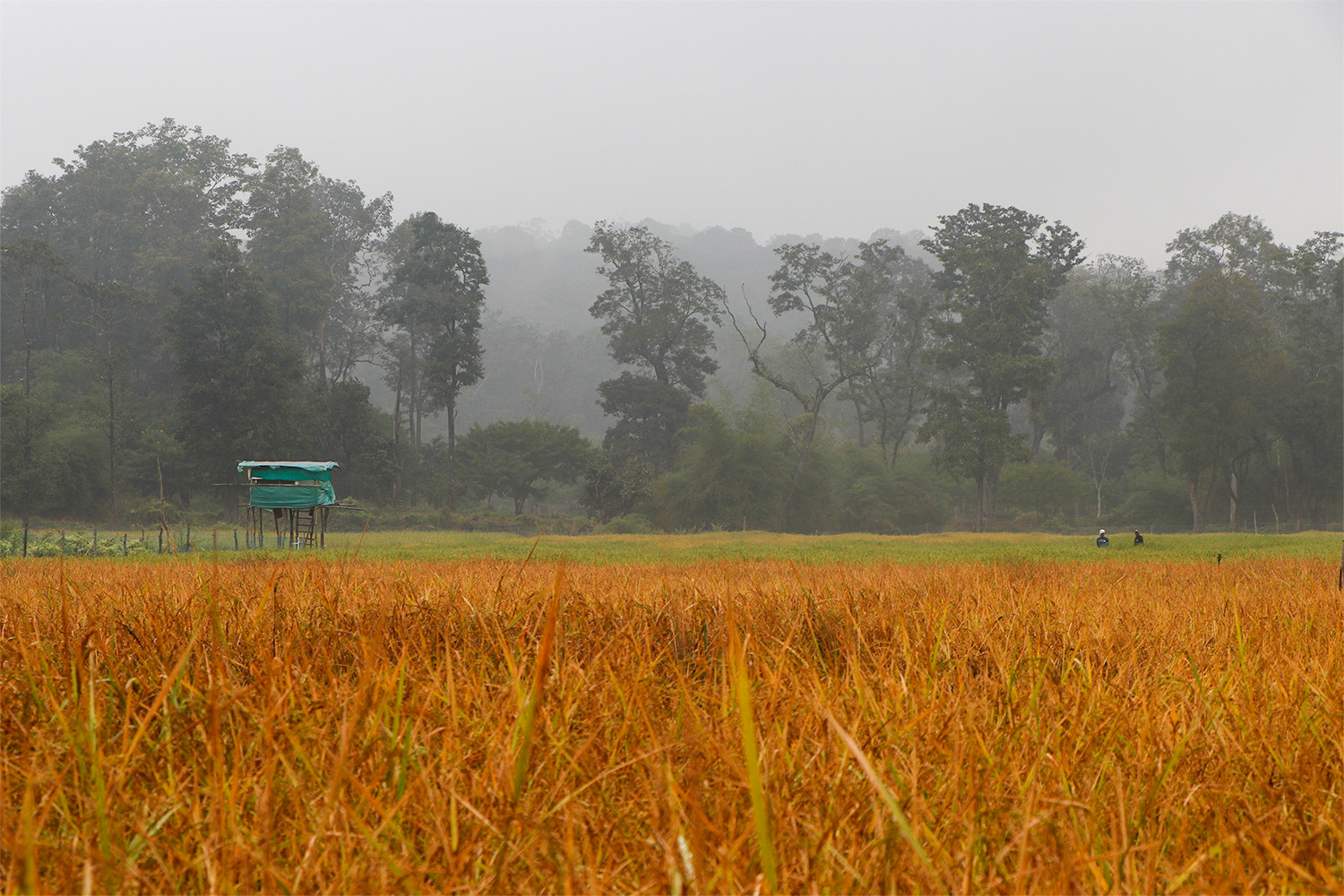
In June 2022 we came across a 10 acre paddy field nestled in the forest in Wayanad, Kerala. There lay Kumizhi, a small hamlet of 150 families, 100 acres of paddy field and 20 acres of coffee plantation, predominantly a tribal settlement.
With rampant man-animal conflict in the region practising agriculture is tough, while the facilities are poor. We soon learned that the tribal people did not like the settlements offered by various governments elsewhere. They preferred to stay near the forest, their home since time immemorial, and home to their forefathers.
Regenerative farming
That kindled an interest in us to work in the Kumizhi hamlet in Wayanad. We, thereby, took 10 acres of paddy field on lease from a non-resident landlord. We wanted to explore regenerative and holistic farming in the region, thus, taking care of both the environment and the people.
Abhilash is a friend from Peravoor, an idealist and a political activist, who was disheartened with the widespread corruption and the greed for power in politics. He often shared his concern on the exploitation of the tribal community in Wayanad and was looking for an opportunity for constructive action.
It was a sign.
Soon after we finalized the lease, Abhilash immediately took charge of the farm in June. We sowed paddy seeds in July and did the transplanting in August.
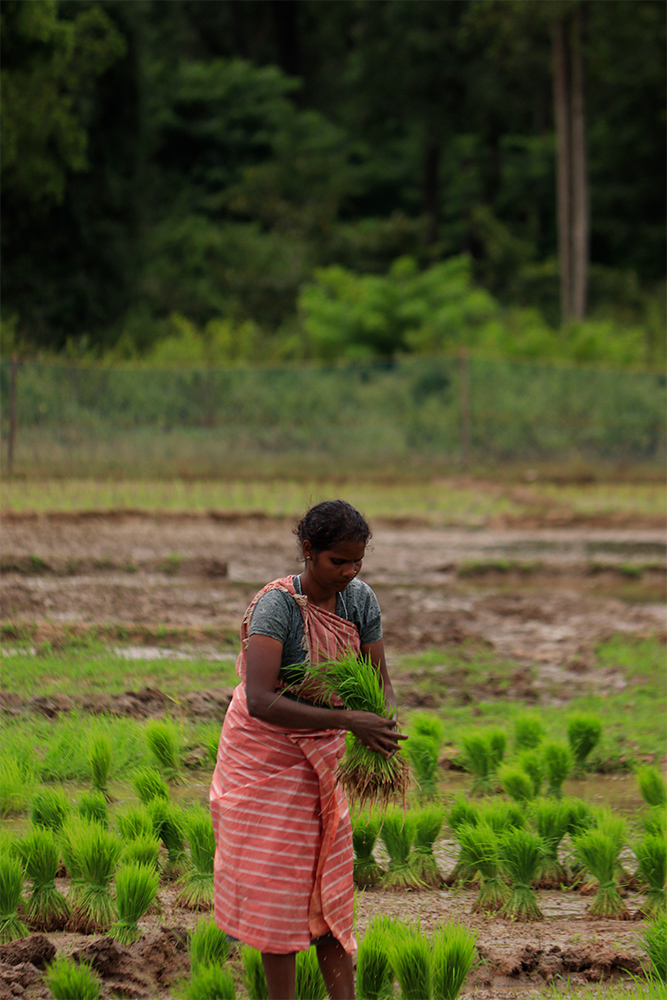
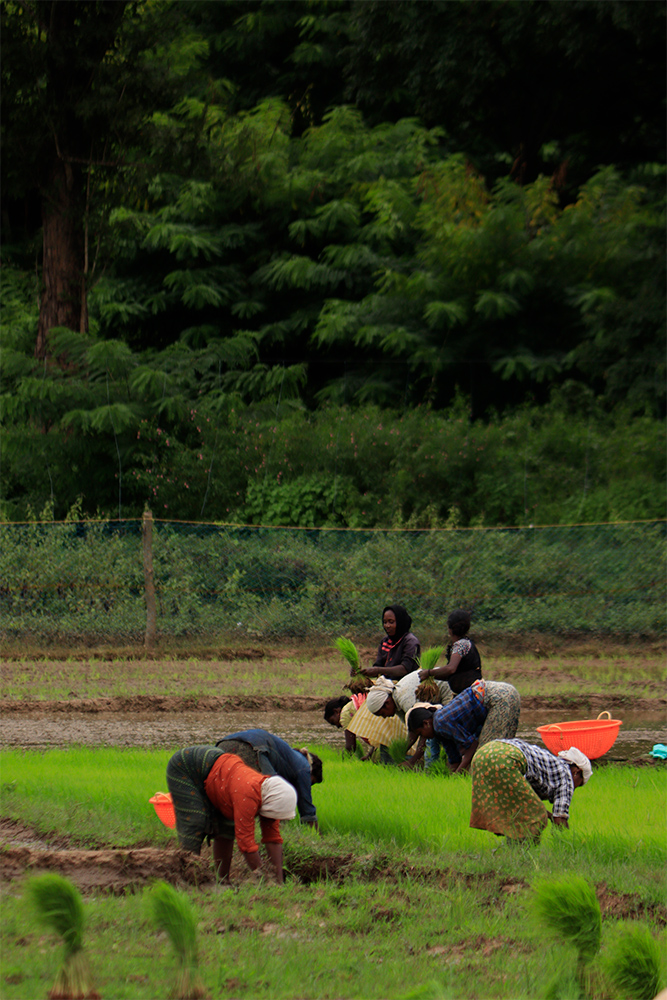
Seeds of action: Tribal members of Kumizhi hamlet in Wayanad, Kerala, transplanted as many as eight native varieties of paddy, ‘Adukkan,’ ‘Chenthady, ‘Kunjootty,’ ‘Gandhakasala,’ ‘Jeerakasala,’ ‘Mullan Khaima,’ ‘Chennellu,’ and ‘Chomala’ in the ten acres in August, 2022.


Seeds of action: Tribal members of Kumizhi hamlet in Wayanad, Kerala, transplanted as many as eight native varieties of paddy, ‘Adukkan,’ ‘Chenthady, ‘Kunjootty,’ ‘Gandhakasala,’ ‘Jeerakasala,’ ‘Mullan Khaima,’ ‘Chennellu,’ and ‘Chomala’ in the ten acres in August, 2022.
Naturalist H Manjunath from Gandhian School of Natural Farming, Tumkur, is guiding our agriculture team on holistic design and package of practices. An agriculture scientist, his work is dictated by holistic design approaches to issues of environment and agriculture. Mathew, a veteran farmer, is part of our team and a pillar of strength for us with his vast experience.
We have a team of youngsters comprising agriculture, horticulture graduates and managers shaping up under the leadership of Manjunath and Biju in GoodEarth, Bangalore.
Native varieties
We transplanted eight native varieties of paddy: ‘Adukkan,’ ‘Chenthady,’ ‘Kunjootty,’ ‘Gandhakasala,’ ‘Jeerakasala,’ ‘Mullan Khaima,’ ‘Chennellu,’ and ‘Chomala’ in the ten acre field.
Climate change, erratic and unpredictable rainfall, soil erosion, collapse of ecological balance etc call for a fresh and holistic approach to reverse global climate change. And thus ensure our food and water security and restore ecological balance.
While what we are staring at appears overwhelming, it also offers us with an immense opportunity to reverse global climate change.
And how do we do that?
We have to start with measurements. We have to understand and work on the micro and macro nutrients in soil, address the rainfall patterns, ground-water levels, yield, temperature levels, wind velocity etc for holistic design and management of farms.
Maintaining a quality seed bank of native varieties is most important for sustainable agriculture. Genetic diversity is integral to food security.
By growing native varieties of paddy, we are encouraging our farmers, who have historically been conserving native seeds for its tolerance against drought, salinity, and for its nutritional, culinary and cultural values.
Soil health, crucial
We have to rebuild the health of the soil by intelligent design and practices.
In high rainfall areas nutrient leaching is a major challenge. Thus nutrient management by composting and fermentation processes, introducing microorganisms, recycling animal and vegetable waste as it happens in a forest ecosystem become crucial and important practices in holistic farming.
We have to experiment with crop rotation to rebuild soil carbon and facilitate recycling of nutrients.
The drainage of storm water and irrigation needs fresh design to sustain farming. As we foresee many fields would require crop changes and even mechanical pumping to deal with floods.
There is so much to absorb, learn, and do.
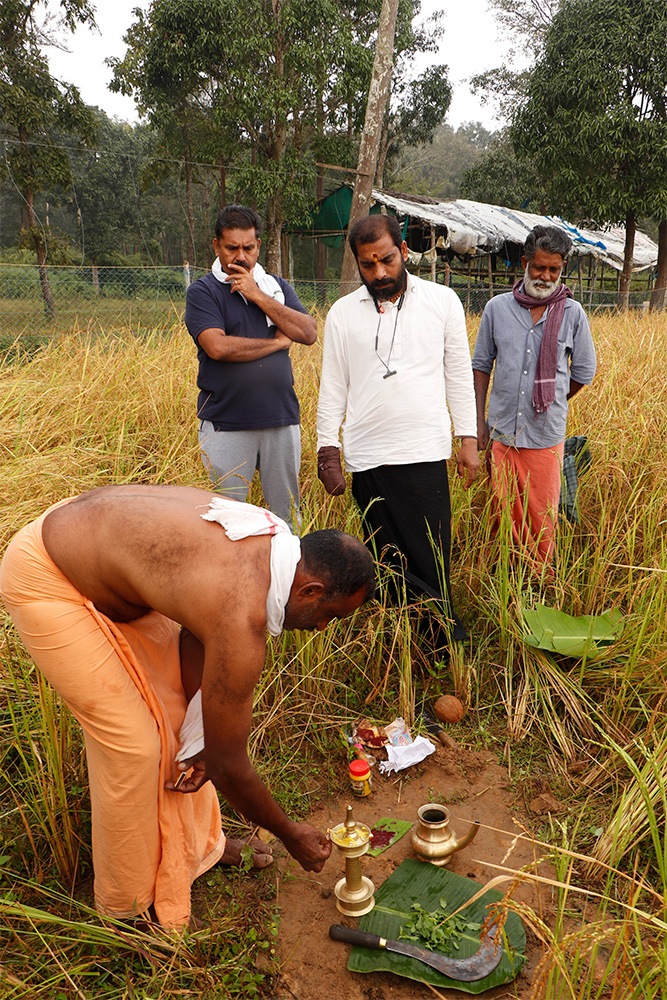
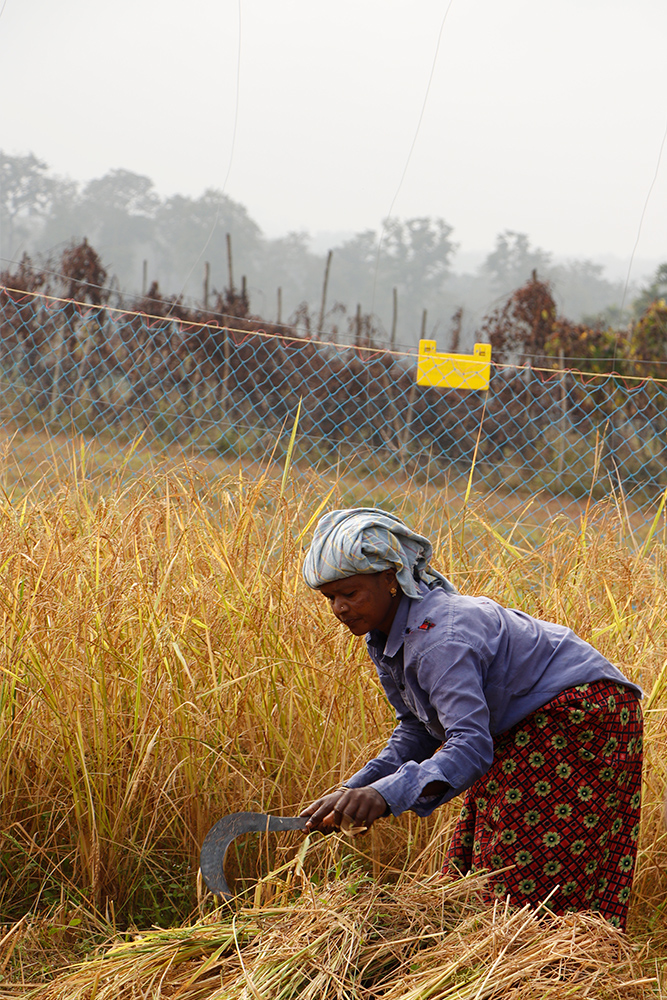
First paddy harvest: Tribal community of Kumizhi led by Abhilash, the farm manager, harvest Adukkan, a native paddy variety, in the three acres with the GoodEarth team this November last week.


First paddy harvest: Tribal community of Kumizhi led by Abhilash, the farm manager, harvest Adukkan, a native paddy variety, in the three acres with the GoodEarth team this November last week.
We harvested the ‘Adukkan’ variety in the three acres this November last week. We declined to use the machine for harvest and instead chose the traditional method with the local community, thereby, creating many jobs and also reviving the cultural ethos associated with paddy cultivation.
Abhilash delivered and his excitement was all pervasive.
Kumizhi is a great learning ground for us, far beyond regenerative agriculture. We will be exploring many crops and practices with the local community. Beekeeping, mushroom cultivation, simple homestead processing etc can create jobs and build their economy.
Leadership that emerges from within, a fine blend of human resources and natural resources, and an amalgamation of science, design and management can probably bring about the change, one hopes…
And GoodEarth aspires to be the catalyst for the change.
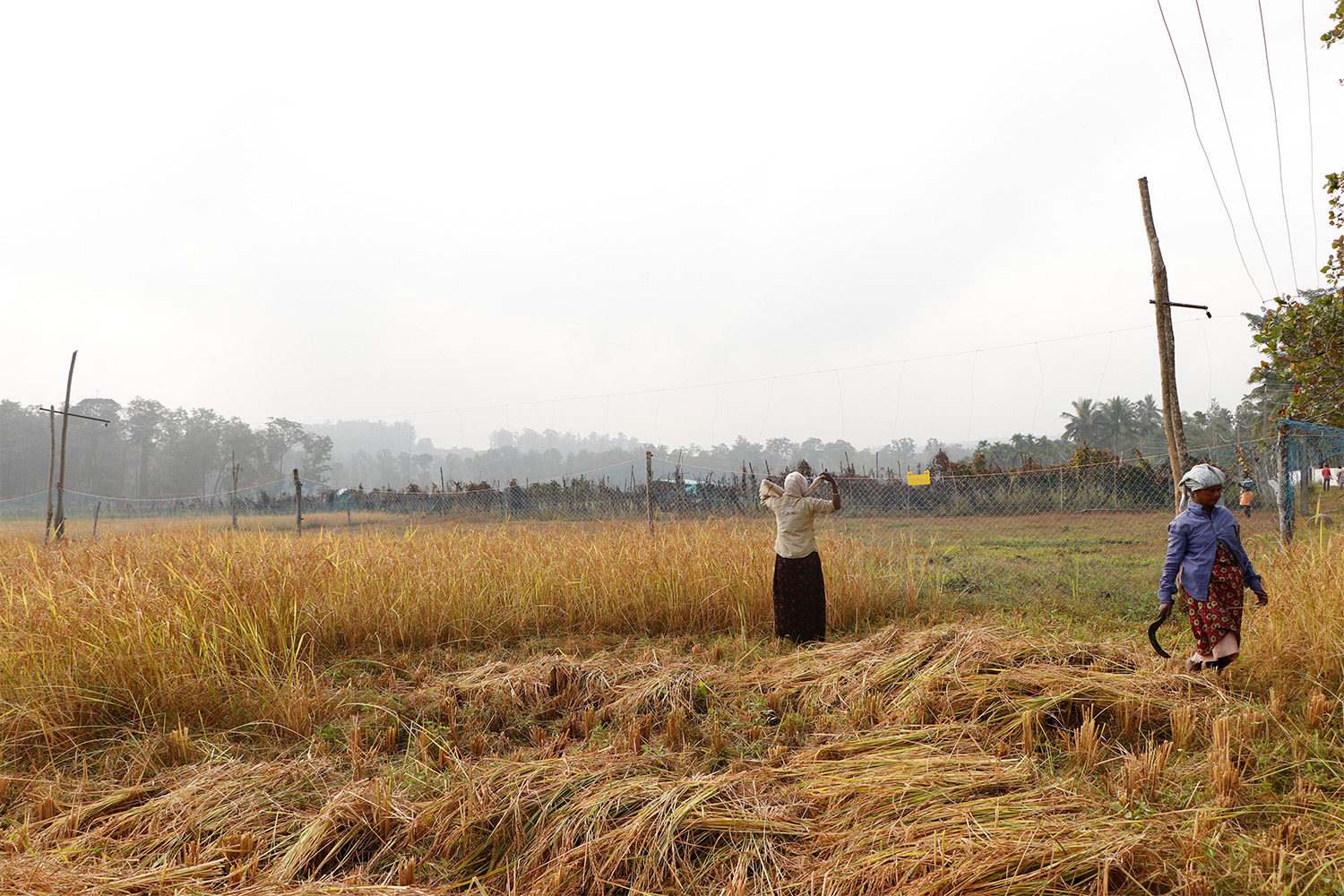
Wonderful
Impressive. Loved the revival and local community livelihood
It is always inspiring to hear about the work that you are doing at a grass root level and contributing to the overall health of the planet in such a holistic way. Beautiful blend and confluence of ground realities and modern science in action.
Kudos to your vision, leadership and real action at grass root level. You are indeed seeding in a whole new thought process in young minds.
Hat’s off !!
Congratulations for your holistic farming & team work.